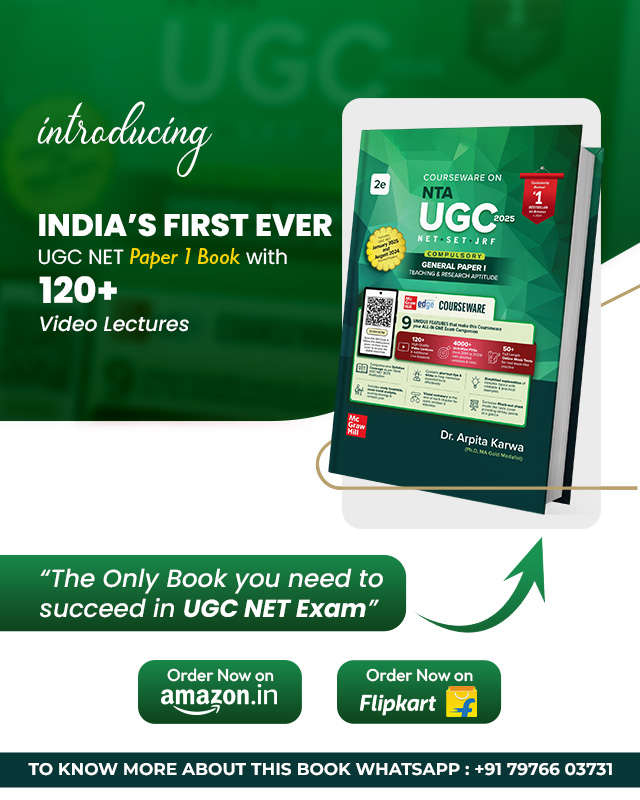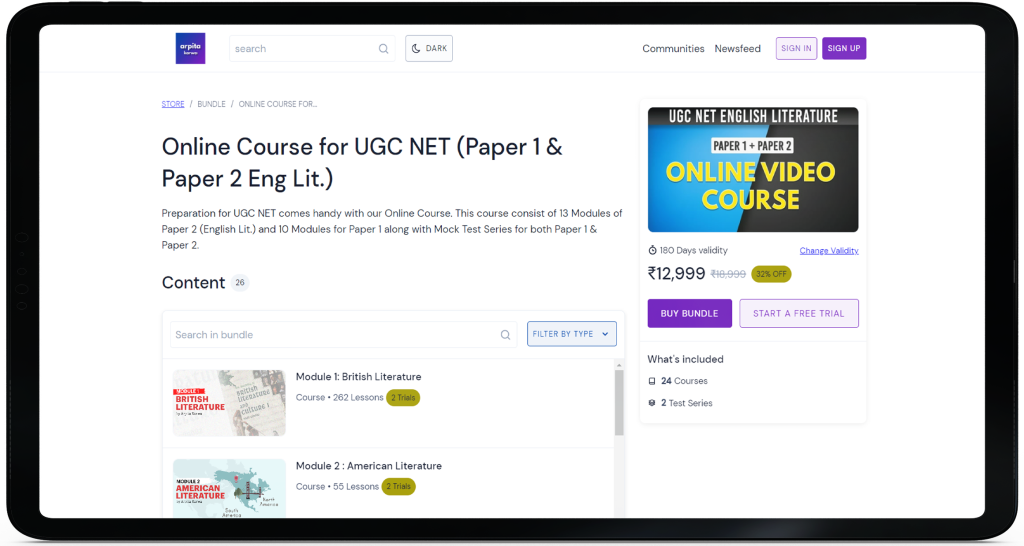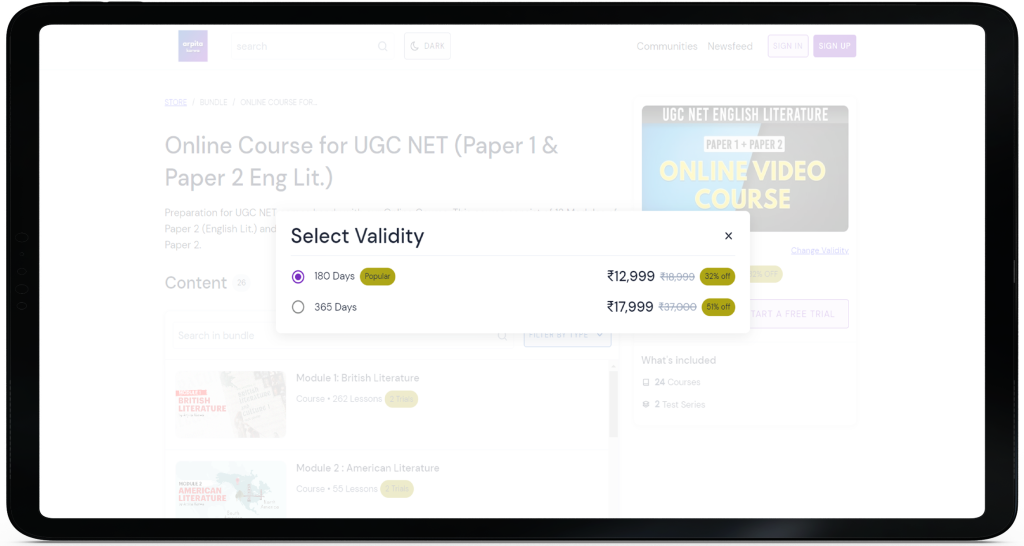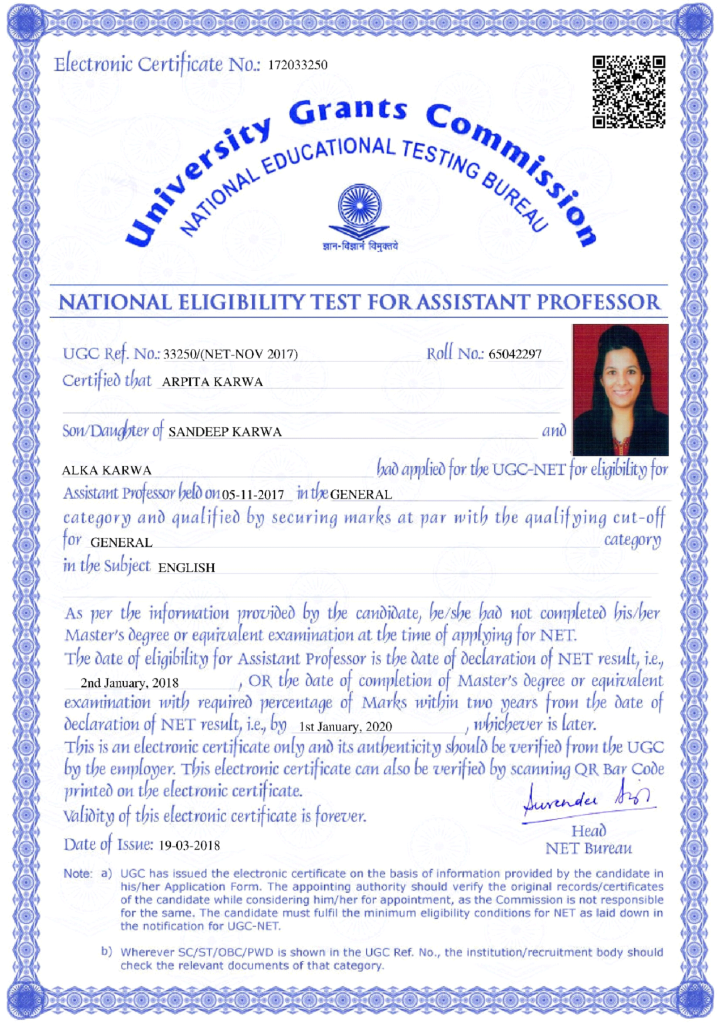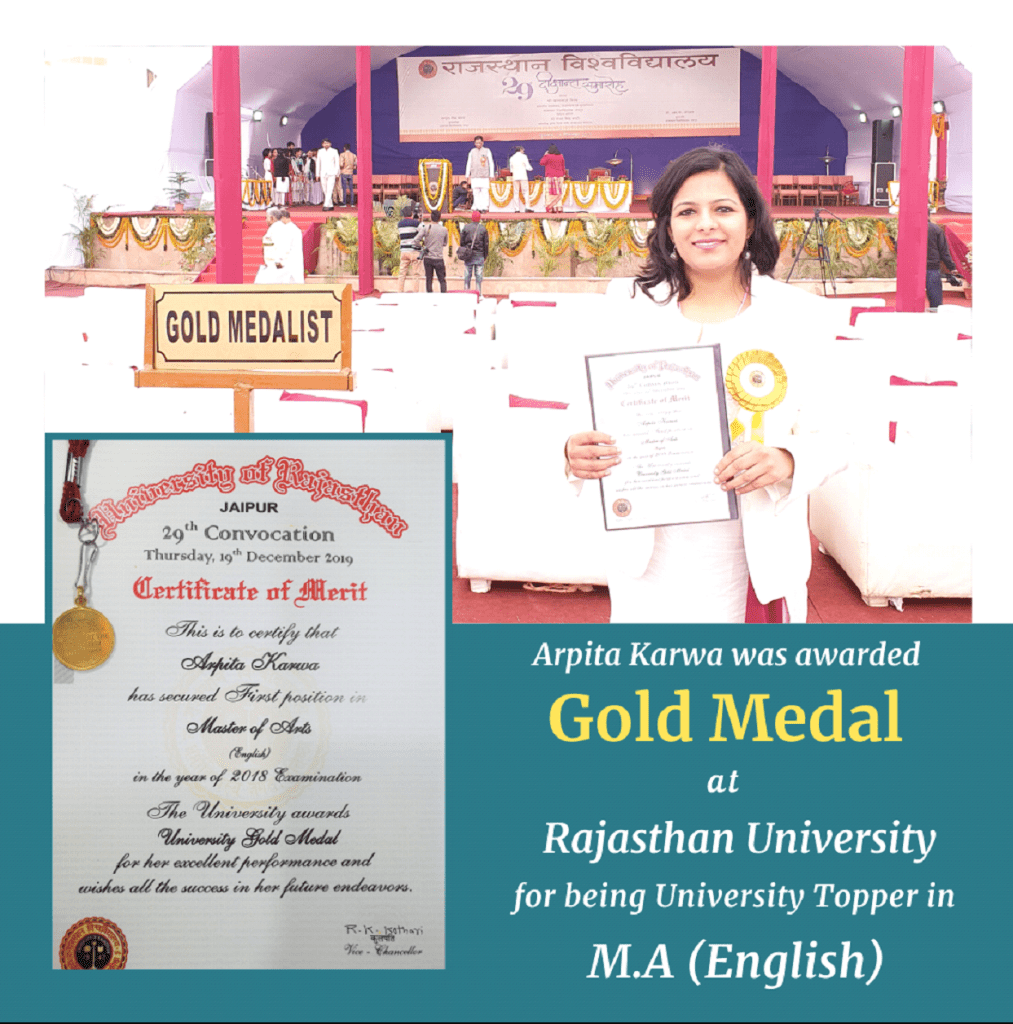UPSC English Paper 2 2020
June 19, 2023 2023-12-05 19:48UPSC English Paper 2 2020
2020 UPSC English Paper-2
ENGLISH
Paper – II
(LITERATURE)
Questions Paper Specific Instructions
Please read each of the following instructions carefully before attempting questions:
• There are EIGHT questions divided in Two Sections.
• Candidate has to attempt FIVE questions in all
• Questions no. 1 and 5 are compulsory and out of the remaining, any THREE are to be attempted choosing at least ONE question from each Section.
• The number of marks carried by a question/part is indicated against it.
• Answers must be written in ENGLISH
• Word limit in questions, wherever specified, should be adhered to.
• Attempts of questions shall be counted in sequential order. Unless struck off, attempt of a question shall be counted even if attempted partly. Any page or portion of the page left blank in the Question-cum-Answer Booklet must be clearly struck off.
SECTION-A
Q.1) Critically comment in about 150 words each on the following passages:
(a) Marbles of the dancing floor
Break bitter furies of complexity,
Those images that yet
Fresh images beget,
That dolphin-torn, that gong-tormented sea.
(Yeats)
(b) All this was a long time ago, I remember,
And I would do it again, but set down
This set down
This: were we led all that way for
Birth or Death?
(Eliot)
(c) Barbed wire enclosed an arbitrary spot
Where bored officials lounged (one cracked a joke) And sentries sweated for the day was hot:
(Auden)
(d) Their beauty has thickened.
Something is pushing them
To the side of their own lives.
(Larkin)
(e) The new poets still quoted
the old poets, but no one spoke in verse
drowned, with perhaps twins in her,
kicking at blank walls
even before birth.
(Ramanujan)
Q.2) Answer all of the following:
(a) Discuss W.B. Yeats as a symbolist and romantic poet with specific reference to the poems in the syllabus.
(b) T.S. Eliot’s renditions of the “mind of Europe” are profoundly problematic insofar as they retrieve selective pasts. Would you agree? Give examples from the poems in the syllabus.
(c) Discuss how “the close connection between modernism and difficulty made it (modernism) appear increasingly isolated, elitist, and apolitical.”
Q.3) Answer all of the following:
(a) “I should repeat that neither the private person of the poet, his psychology, nor his so-called social viewpoint are to come into question here: what matters is the poem itself as a philosophical sundial of history.” Analyse the poetry of W.H. Auden in the context of this statement.
(b) Philip Larkin’s poetry tentatively explores the possibility of positive meaning in life. Elucidate the statement with a few illustrations from the prescribed poems.
(c) The poets of the Thirties are critical of their present and nostalgic for irretrievable pasts. Argue for or against this statement with specific examples from the poets of the period.
Q.4) Answer all of the following:
(a) While Look Back in Anger represents the problems of working-class life, it is conservative in its representation of women within that milieu. Would you agree? Give reasons.
(b) A.K. Ramanujan’s poems are perfectly balanced between critique and nostalgia for lost pasts and homelands. Discuss with reference to the poems in the syllabus.
(c) Waiting for Godot is a profound meditation on the triad of arrival, waiting, and death, with emphasis on the despair yet necessity of waiting. Discuss.
SECTION-B
Q.5) Answer all of the following:
(a) In Lord Jim, Joseph Conrad presents the theme of isolation and search for identity.
(c) The conflict between Gertrude and Walter in Sons and Lovers is often compared to the social conflict between the middle class and the working class. Elaborate.
(d) “For the next thirty-five years he was to be a wanderer with no place he could call his own, with no family except that which he was to attempt to create out of the engulfing world of the Tulsis.” Discuss the significance of the statement with reference to the novel A House for Mr Biswas.
(e) Discuss the social and political contexts of human behaviour in A Passage to India.
Q.6) Answer all of the following:
(a) Lord Jim is “predicated on dramatizing the process of Marlowe’s discovering the subtleties of another character, … the epistemological problem of how we can possibly understand and empathize with another character.” Discuss.
(b) Stephen Dedalus articulates an aesthetic framework that is problematic; at the same time, it seems to promise him freedom from Ireland. Would you agree? Give reasons for your arguments.
(c) Critically analyse representations of the colonial and the post-colonial with reference to the novel Kanthapura.
Q.7) Answer all of the following:
(a) The representation of women in Sons and Lovers, especially Paul Morel’s two love interests, Miriam and Clara, is problematic insofar as they exist primarily to help Paul work out his existential angst. Argue for or against this statement with examples from the novel.
(b) E.M. Forster’s characterization of India and Indians in A Passage to India is well-
(c) Mrs Dalloway is a complex rendition of modernist desires and anxieties in its portrayal of life impacted by World War I. Discuss.
Q.8) Answer all of the following:
(a) “Indians can write in English, but they ‘cannot write like the English’ – rather, Indian English must become a ‘distinctive and colourful’ dialect of the language, which time alone will justify”.” Analyse Kanthapura as an Indian English novel in the context of Raja Rao’s statement.
(b) “Realities such as poverty and degradation are made to seem grotesque: their social and ideological contexts are quite removed.” Discuss A House for Mr Biswas in the context of Naipaul’s failure to deal with ‘social and ideological contexts.’
(c) “Life is not a series of gig-lamps symmetrically arranged, but a luminous halo, a formless, shapeless something….” Elucidate the statement with textual references from the novel Mrs Dalloway.






